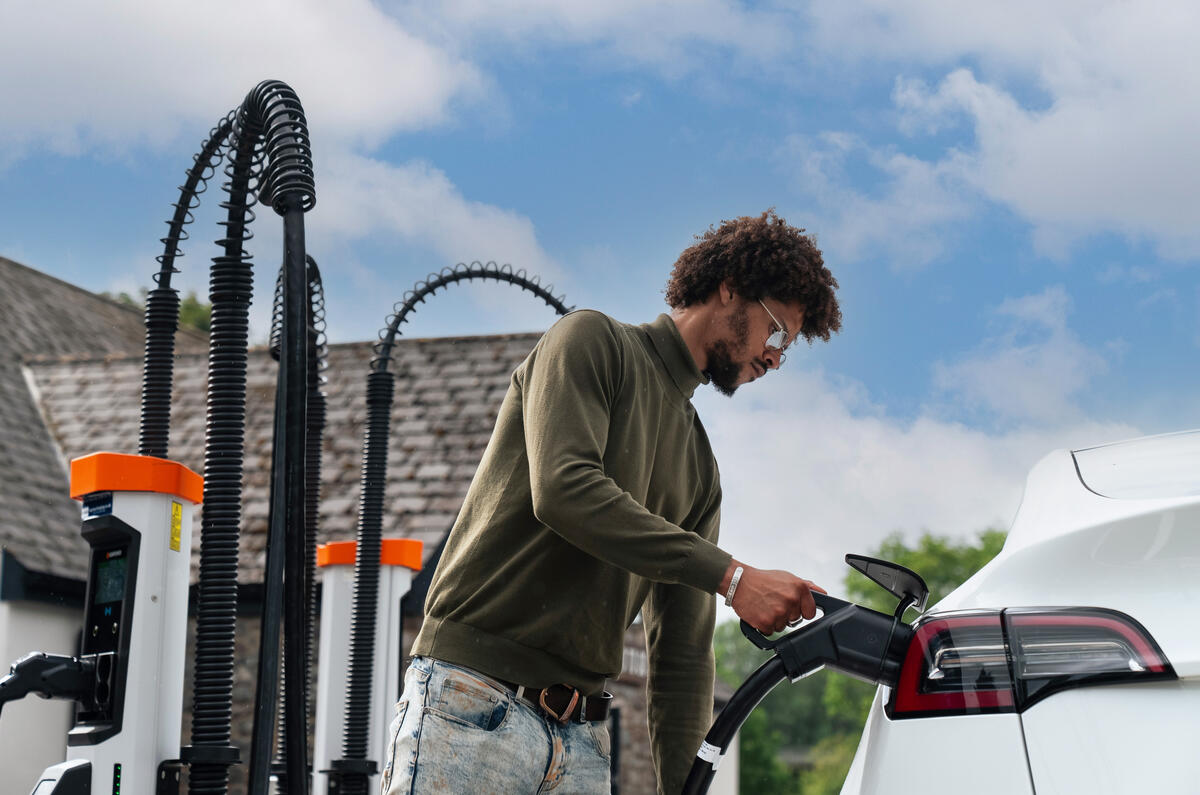“If you've read the press in the last year or two, the constant headline has been that there's not enough charging for electric vehicles. What has actually been happening on the ground in the last 18 months is a quite astonishing rollout of charging infrastructure.”
Ian Johnston, CEO of charging company Osprey, wants to change the narrative around the state of the charging network in this country.




Add your comment